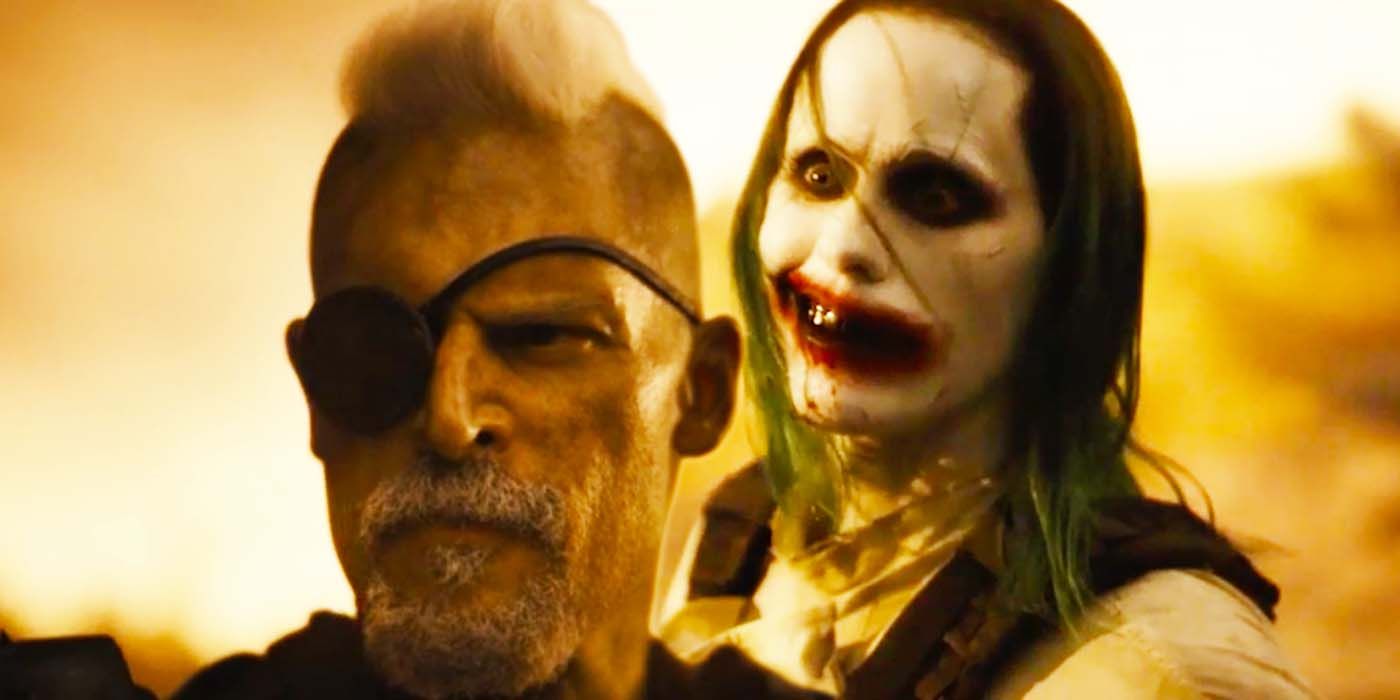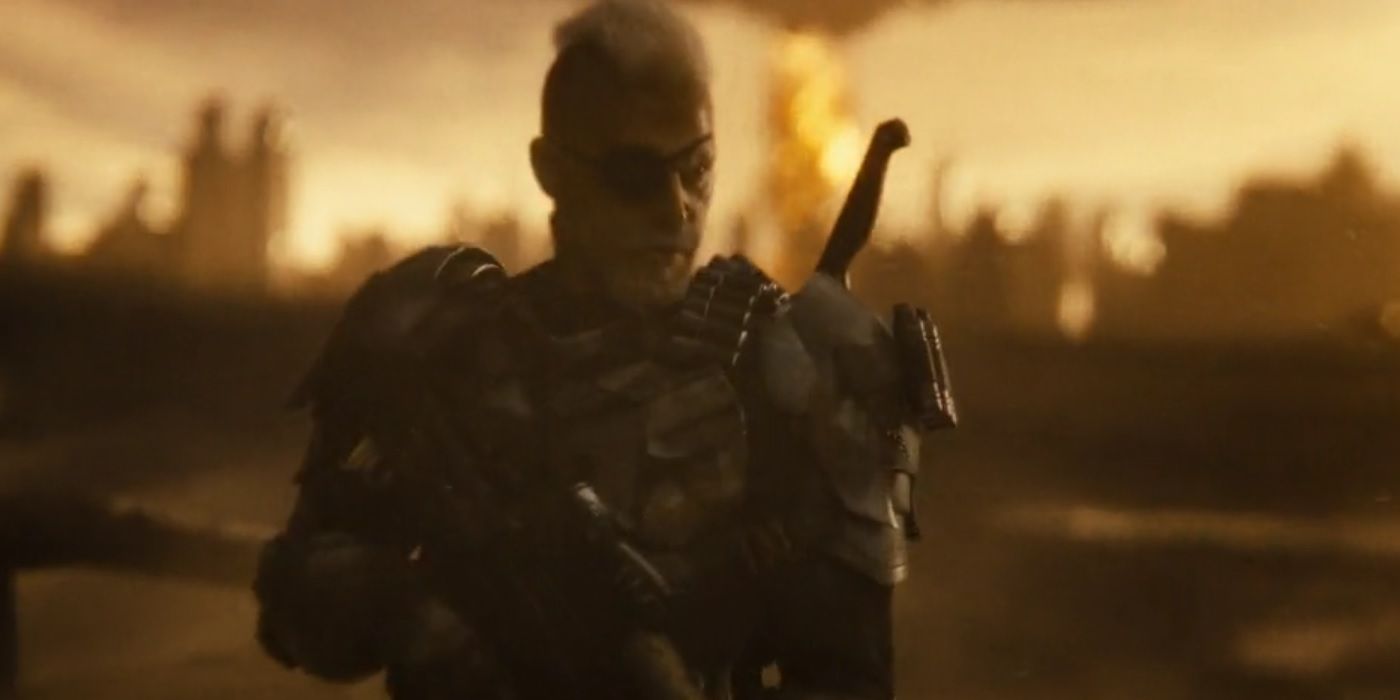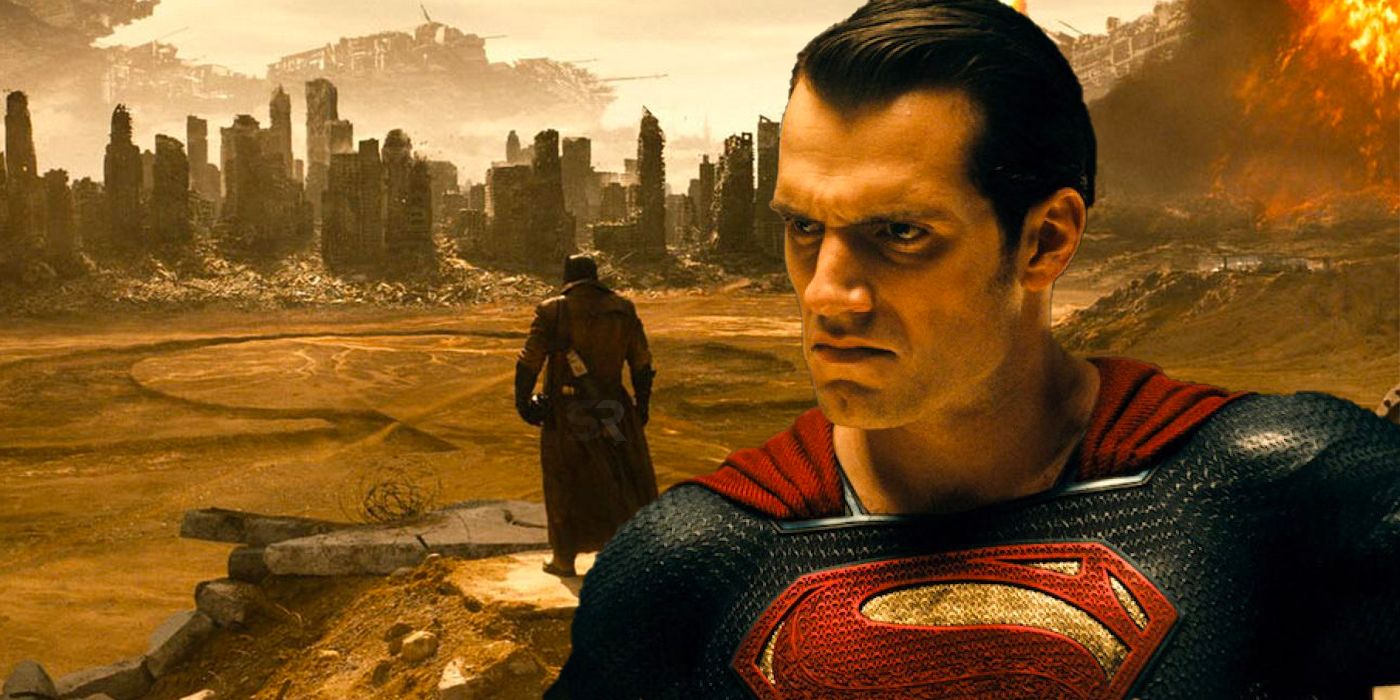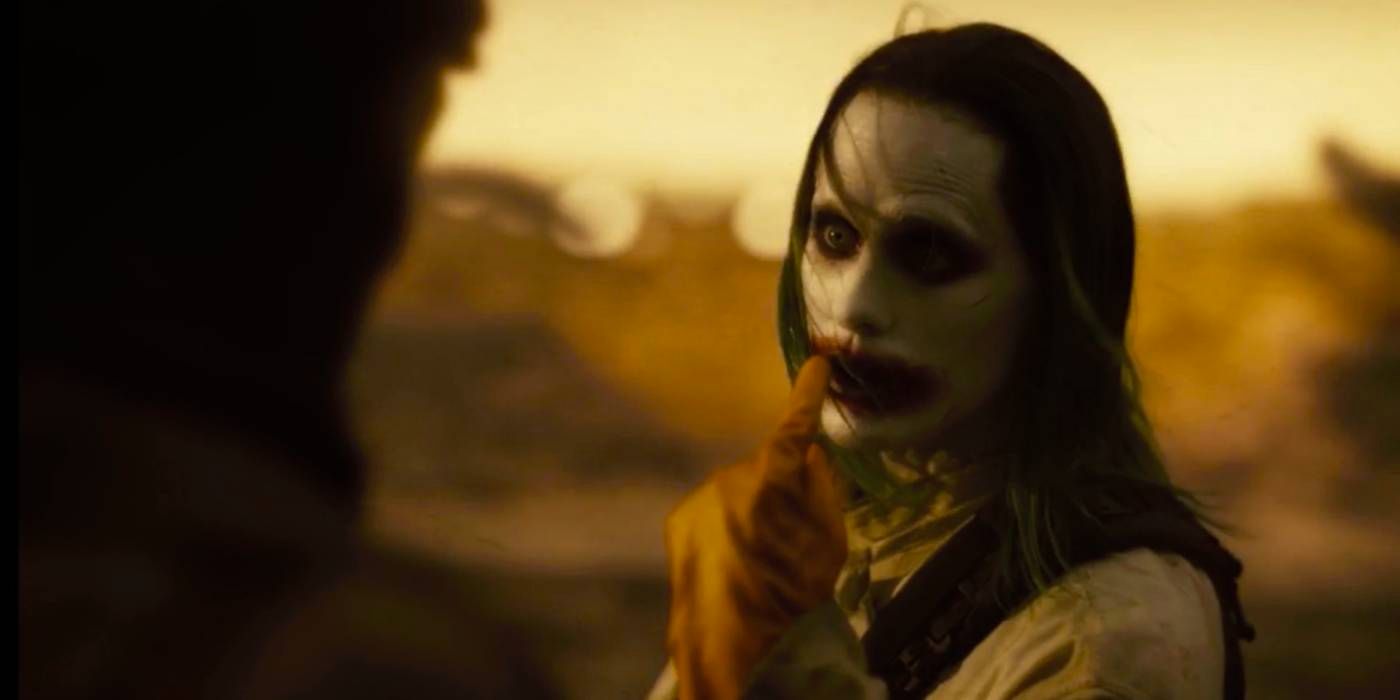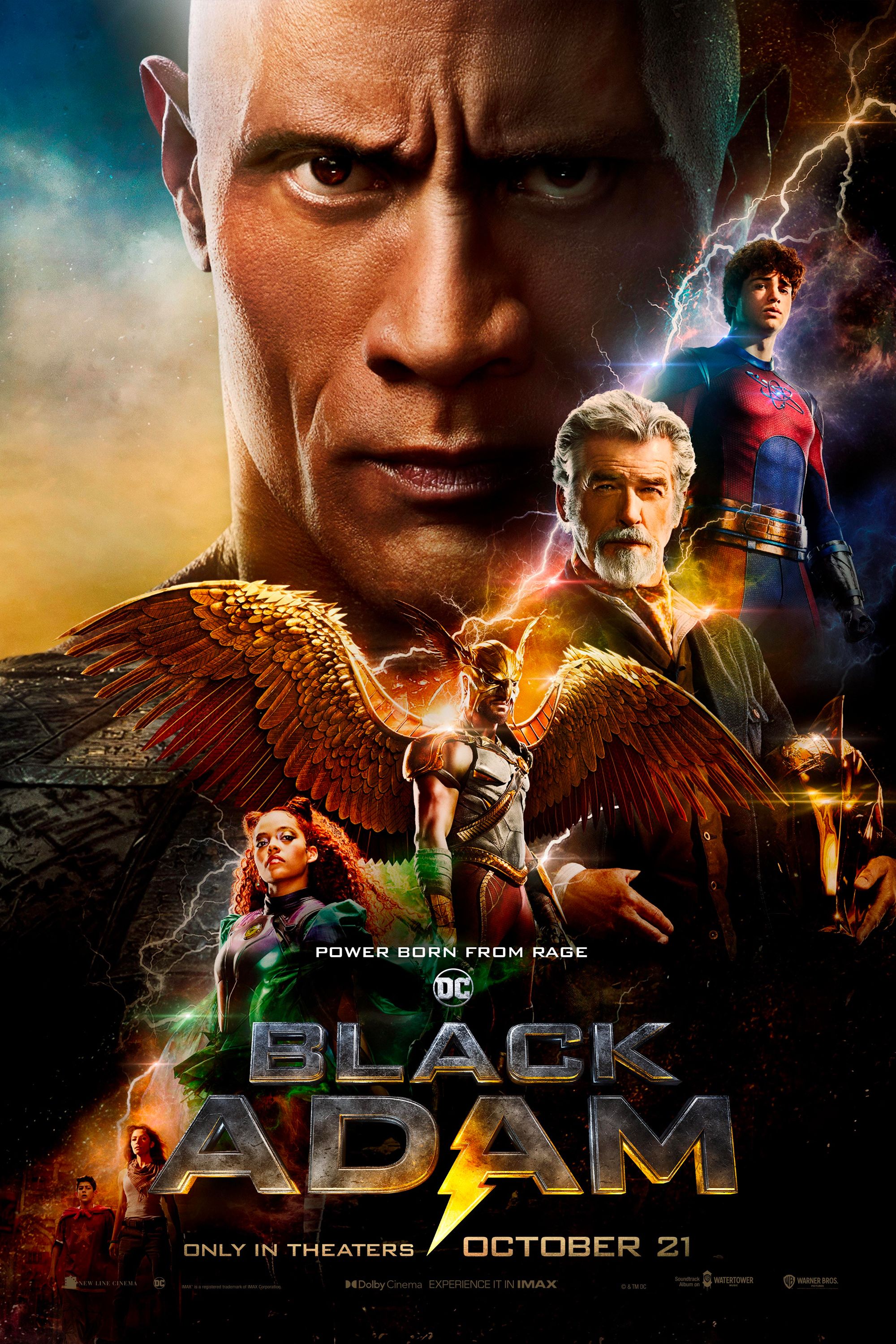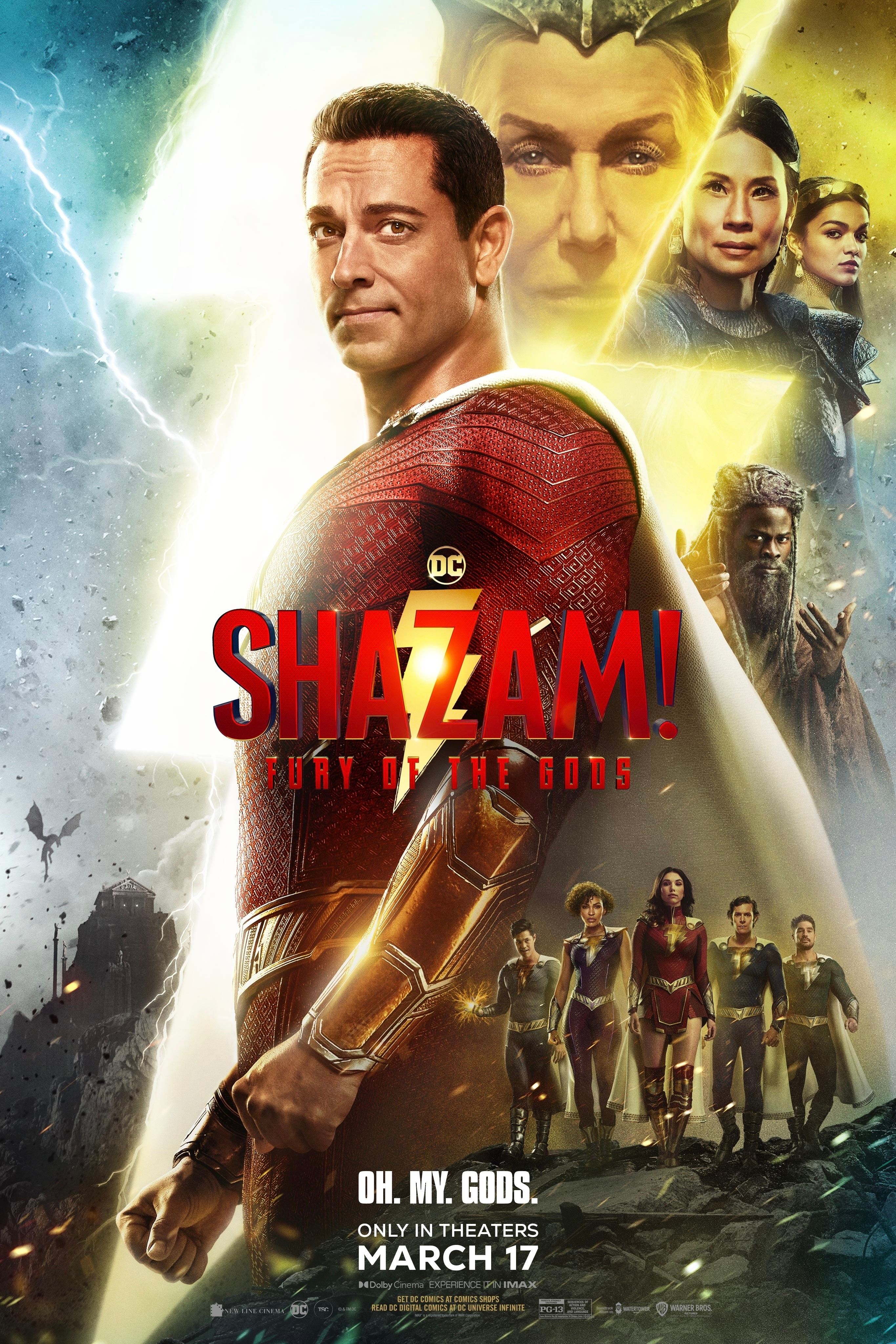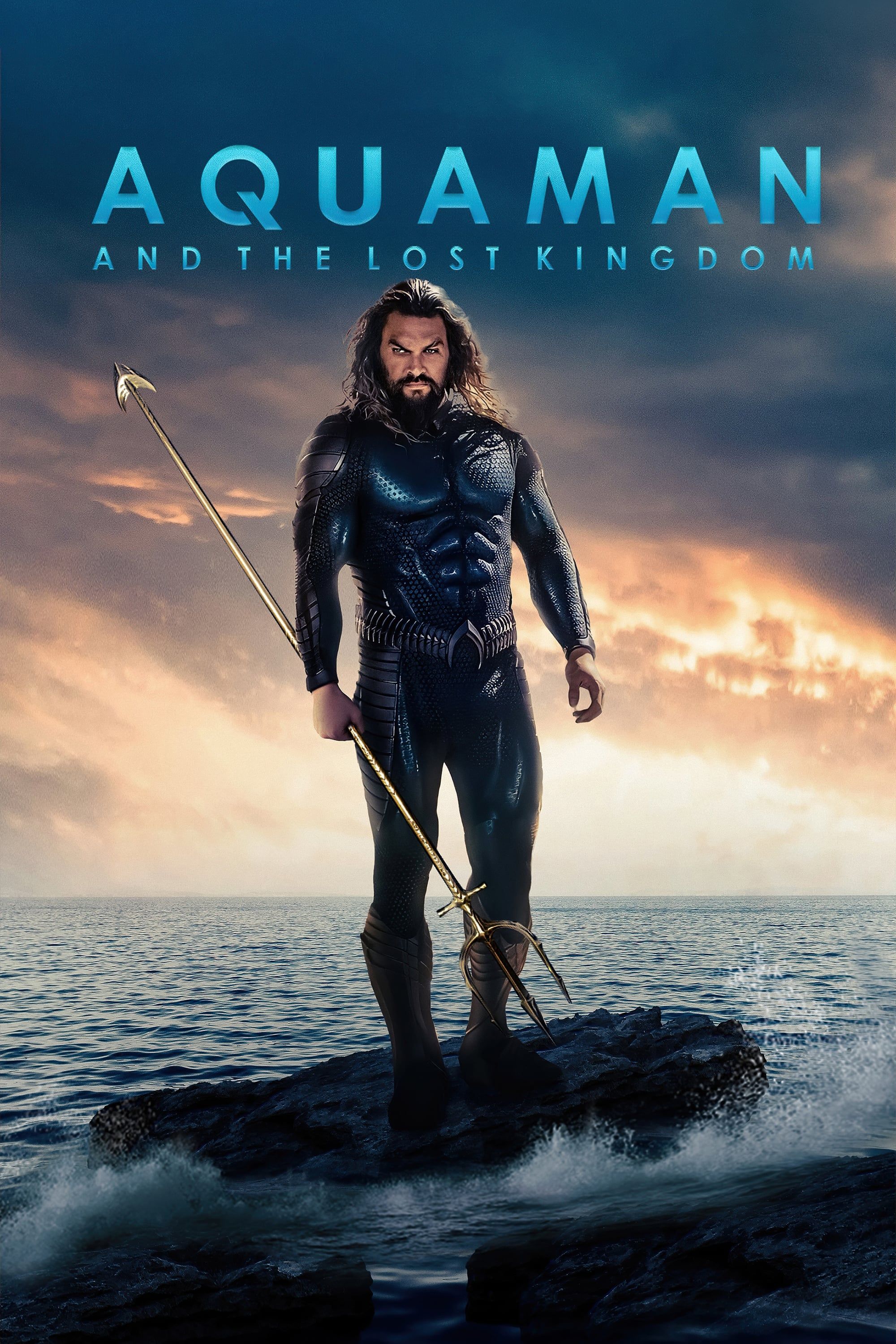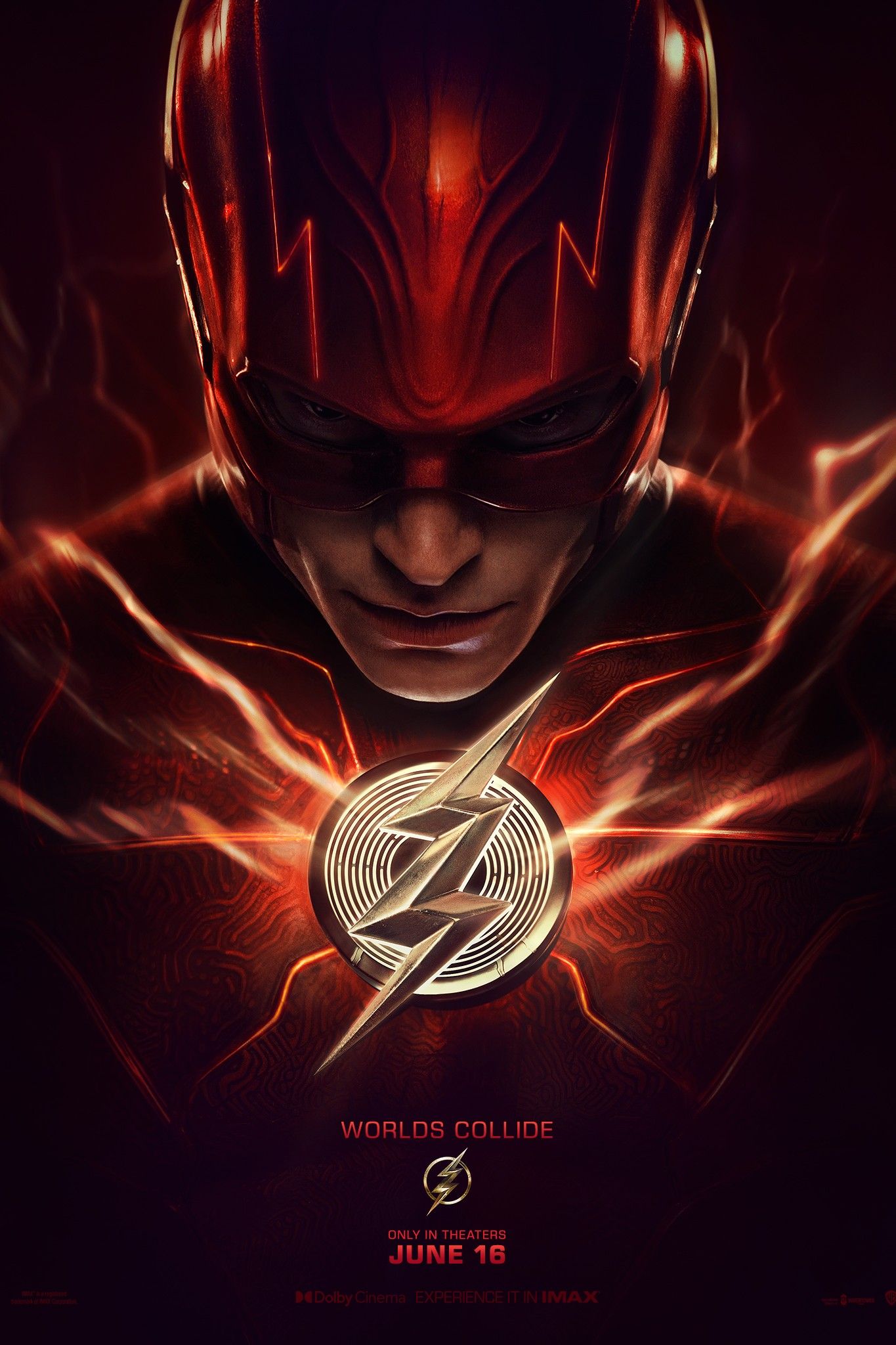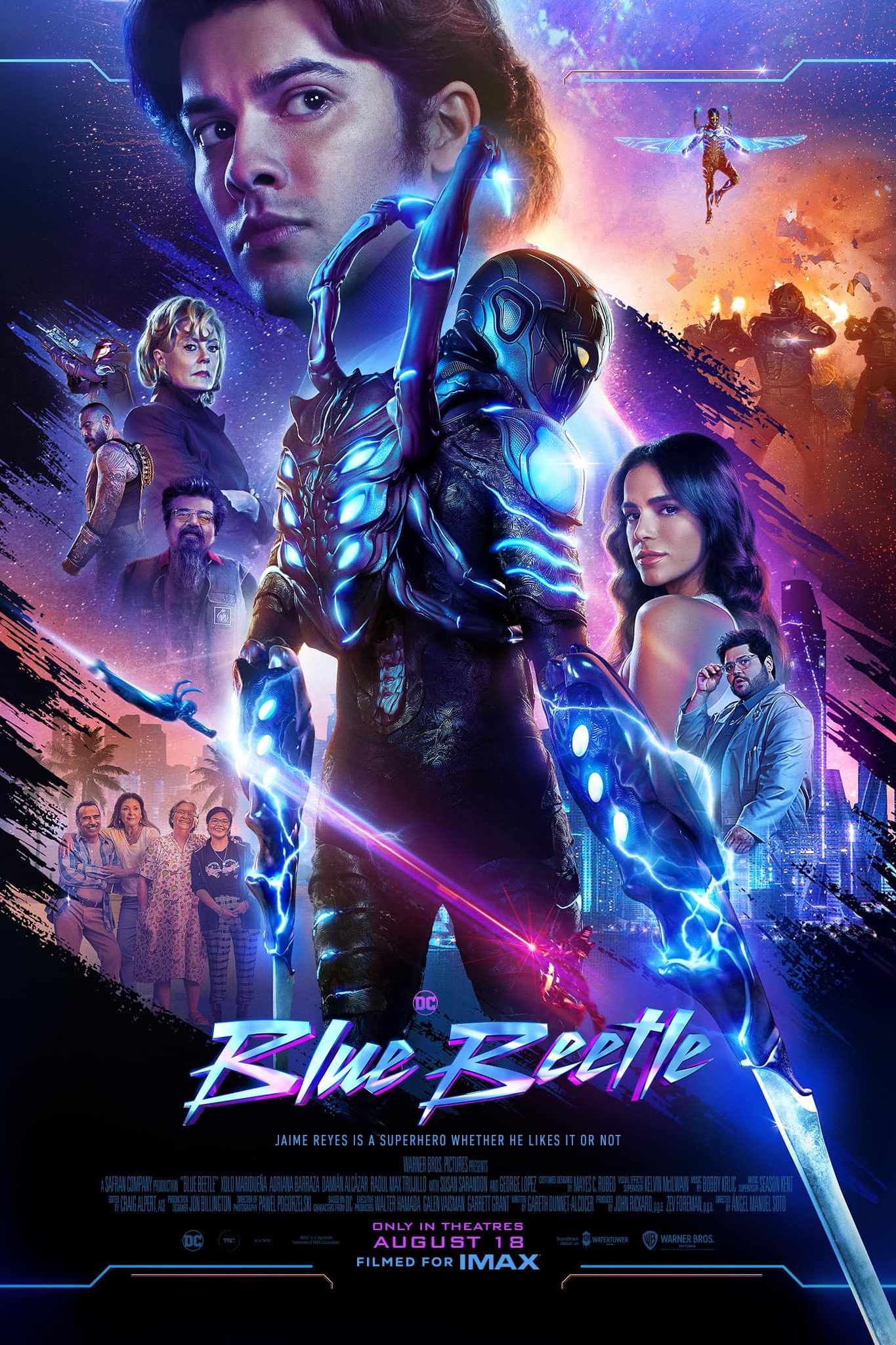The Knightmare future of Zack Snyder's Justice League involves several villains, and their presence was needed for the Knightmare to work. Zack Snyder's DC Knightmare timeline was first teased in Batman v Superman: Dawn of Justice, with Bruce Wayne (Ben Affleck) seeing a vision of the future in which Superman has turned against the world. The release of the Justice League Snyder Cut in 2021 further explored the Knightmare in its epilogue, with Batman shown continuing to lead his resistance.
The Knightmare was intended to be a major component of Snyder's Justice League sequels, and details about it have gradually emerged. The essence of the Knightmare was to involve Darkseid (Ray Porter) killing Lois Lane (Amy Adams) in the Batcave, then using the Anti-Life Equation to bring Superman (Henry Cavill) under his control. Despite having only been shown twice between Batman v Superman and Zack Snyder's Justice League, the Knightmare remains a topic of intense interest in the #RestoreTheSnyderVerse fan push.
The Knightmare scene in the Snyder Cut also showed the desperation of the situation, with Batman forced to recruit Deathstroke (Joe Manganiello) and the Joker (Jared Leto) in the fight against Darkseid. As a basic scenario of heroes and villains forced to unite against a common enemy, the Knightmare certainly provided a unique story framework. In fact, the arc of Snyder's DC films shows that the Knightmare actually needed the hero-villain alliance for the story it was telling.
The Villain's Knightmare Roles Explained
After Darkseid brings Superman under his control with the Anti-Life Equation, Earth is left decimated in the conquest by Apokolips. Wonder Woman (Gal Gadot) and Aquaman (Jason Momoa) are both killed, with Batman, The Flash (Ezra Miller), Cyborg (Ray Fisher), and Mera (Amber Heard) uniting to oppose the invasion. The Snyder Cut's Knightmare scene showed Batman forming a truce with the Joker, with Deathstroke also a new ally.
Batman's plan was to erase the Knightmare timeline by sending the time-travel capable Flash back in time on the Cosmic Treadmill to prevent Darkseid's killing of Lois. The Joker seems to have been the unexpected trump card in how the team would carry this out. With Mr. J still prone to antagonizing Batman, he was meant to steal one of the Mother Boxes from Darkseid's forces in order to build the Cosmic Treadmill. The whiteboard outline of the Justice League sequel's also shows Will Smith's Deadshot as part of the resistance to Apokolips. While Deathstroke isn't mentioned in the outline, and Deadshot isn't seen the Snyder Cut's Knightmare tease, the involvement of both would still be theoretically possible in Snyder's modified plans for the Knightmare. In any case, both Deathstroke and Deadshot appear to be on board as added muscle to support the League in the battle against Apokolips. More importantly, the involvement of villains with the League at all in the Knightmare has major significance to the story.
The Presence Of The Villains Are Part Of Batman & Superman's Arcs
Batman's arc in Batman v Superman to Zack Snyder's Justice League was about climbing out of the abyss of darkness and brutality he had fallen into. Over the course of the two films, Batman went from his one percent view of Superman as a potential threat being an "absolute certainty" to "Faith Alfred, faith!" in how he viewed the Man of Steel. In the Knightmare, Batman would find himself with his newfound faith calling upon him to save Superman as Bruce himself had been, essentially reversing their earlier roles. To truly solidify the importance of how much he'd come to believe in Superman, Batman doing the unthinkable in teaming up with his enemies showed how far he'd come.
Meanwhile, Superman found himself unwillingly weaponized by Darkseid to bring Earth to its knees. He'd been pulled into an even darker place than Batman had fallen into, and had been turned into the complete inverse of what his fathers Jor-El (Russel Crowe) and Jonathan Kent (Kevin Costner) envisioned. In Jor-El's speech to Kal-El in Man of Steel, he explained the meaning of the symbol of the House of El as one of hope, and "the fundamental belief in the potential of every person to be a force for good." Under the control of the merciless Darkseid, Superman's S-shield had been corrupted into everything Superman stood opposed to, but the need to free him from the Anti-Life Equation would keep it alive. In working with Batman and the survivors of the Justice League, Deathstroke, the Joker, and Deadshot were, even in a one-off act of desperation, validating Jor-El's belief in what the 'S' worn by Superman stands for.
Why The Villains Were Needed For The Knightmare
Batman's partnership with Deathstroke, the Joker, and Deadshot was hardly one without significant friction. In the Snyder Cut's Knightmare scene, Batman assures the Joker that "I will f---ing kill you" for the murder of Robin. Deathstroke would also have had an acrimonious partnership with the Caped Crusader. With the Knightmare taking place after Ben Affleck's planned Batman solo movie, Slade was to have killed numerous people close to him in the film. Batman's history with Deadshot also would've made any alliance between the two uncomfortable for both. Still, the mutual aggression Batman, the League, and the villains would've had to bottle up to undo the Knightmare shows how important Batman's old antagonists were for it.
In rewriting history to prevent the apocalypse from happening, Batman had to become a leader in a way that was completely alien to him in Batman v Superman. While The Flash, Cyborg, and Mera would've been plenty uneasy themselves in teaming up with villains, Batman had to go a step further in acting as a kind of surrogate Superman in offering hope. In forming a truce with the potentially Anti-Life Equation immune Joker and bringing Deathstroke and Deadshot into the team, Batman was making the ultimate leap of faith as he swore at his enemies turned allies. With the Man of Steel turned into Darkseid's soldier, Batman's belief that the Knightmare could be prevented was what gave them all the hope that Superman had embodied. In the Knightmare, Batman's discovery of faith was something he had to instill his fellow heroes with for there to be any chance of success. More than simply being a horrendous future that had to be averted, the Knightmare was a test of faith for all the heroes. In joining forces with old foes, Batman was leading the League by example in putting his faith on the line the most.
With the Snyder Cut's impact still felt long after its release, the Knightmare and Snyder's plans for it continue to fascinate fans around the world. Despite Warner Bros. statement that they have no plans to finish Snyder's intended five-movie arc, the energy for the unrealized sequels to Zack Snyder's Justice League to be pulled off the shelf remains strong. When it comes the Knightmare itself, the fact that the Justice League was forced to team up with villains was far more than a gimmick, but an actual narrative necessity.

